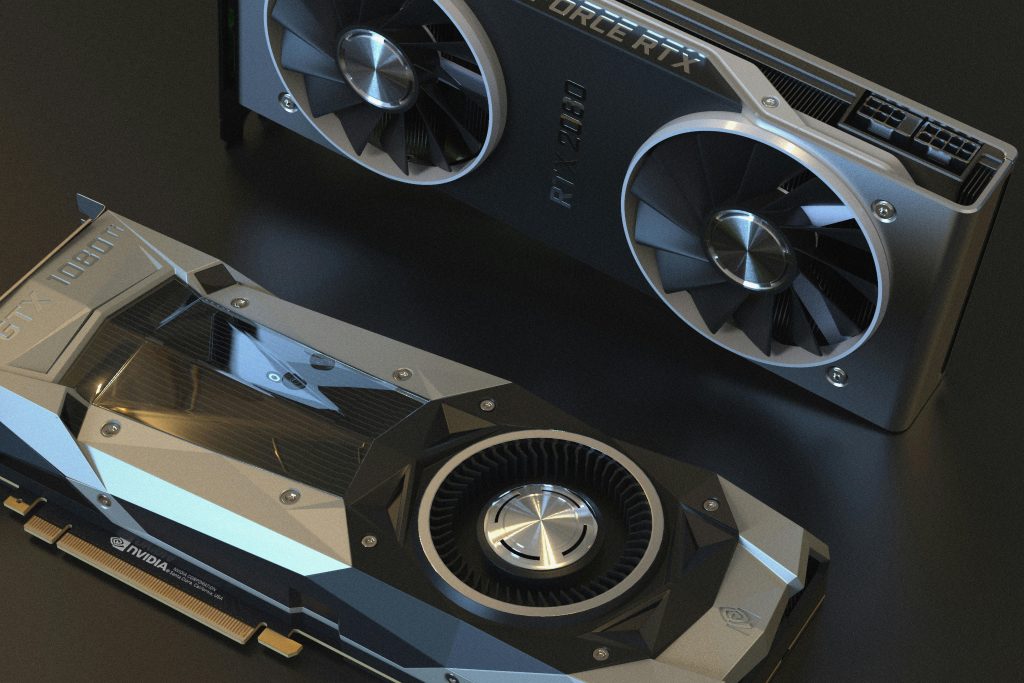A gaming 3D card, also known as a graphics card or GPU (Graphics Processing Unit), is a crucial component for any gaming setup. It is responsible for rendering images, videos, and animations, enabling you to enjoy high-quality visuals and smooth performance in your favorite games. Whether you’re playing fast-paced action games, exploring open-world environments, or diving into detailed simulations, a powerful 3D card can make all the difference in delivering the best possible gaming experience.
What is a Gaming 3D Card?
A gaming 3D card is designed to handle the complex calculations required for rendering high-definition graphics in games. Unlike a regular computer processor (CPU), which handles a variety of tasks, the graphics card is specialized for visual computing. The 3D card takes the information provided by the game (textures, models, lighting, and other graphical data) and transforms it into images that you see on the screen.
Modern gaming 3D cards are equipped with powerful GPUs that provide faster performance, better visuals, and the ability to run the latest games with high settings and frame rates. These cards are built to process 3D graphics, giving you a more dynamic and detailed view of your virtual environment.
Why Do You Need a Gaming 3D Card?
The importance of a good 3D card cannot be overstated, especially for gamers who want to experience the full potential of their games. Without a dedicated graphics card, games would run slowly, look pixelated, and have poor visual quality. Here’s why a gaming 3D card is essential:
- High-Quality Graphics: A gaming 3D card enables your games to run at higher resolutions and with better texture details. This results in more realistic environments, sharper visuals, and smoother animations, making your gaming experience more lifelike.
- Better Frame Rates: Frame rate refers to how many frames (images) the computer can render per second. A higher frame rate (usually 60 fps or more) ensures smoother gameplay. A powerful 3D card can significantly improve frame rates, even in demanding games, eliminating lag and stuttering that can ruin the gaming experience.
- Support for VR and 4K Gaming: Virtual Reality (VR) gaming and 4K resolution require extremely powerful 3D cards. These cards provide the performance needed to render immersive VR environments and high-resolution 4K gaming content smoothly.
- Future-Proofing Your Setup: As games become more graphically advanced, having a high-end gaming 3D card ensures your PC can handle new releases without compromising on visual quality or performance. A powerful card can keep up with the latest game titles and updates for years to come.
Key Features to Look for in a Gaming 3D Card
When selecting a gaming 3D card, several key features should be considered to ensure you’re getting the best performance for your needs.
- Graphics Processor (GPU): The GPU is the core of the graphics card and dictates its performance. Modern GPUs from companies like NVIDIA (with their GeForce RTX series) and AMD (with their Radeon RX series) offer exceptional power for gaming. Higher-end GPUs will provide better graphics rendering, faster performance, and support for more advanced features.
- VRAM (Video RAM): VRAM is dedicated memory used by the graphics card to store textures, models, and other graphical elements. The more VRAM a card has, the better it can handle high-resolution textures and complex graphics. For gaming at 1080p or 1440p, 6GB or 8GB of VRAM is typically sufficient, but for 4K gaming or VR, you may want a card with 12GB or more.
- Ray Tracing and DLSS: Ray tracing is a rendering technique that simulates realistic lighting and shadows, greatly enhancing the realism of a game. Many modern GPUs (such as the NVIDIA GeForce RTX series) support real-time ray tracing. Additionally, DLSS (Deep Learning Super Sampling) is an AI-powered feature that helps boost frame rates while maintaining visual quality by upscaling lower-resolution images in real time.
- Cooling System: High-performance 3D cards generate a lot of heat, especially during extended gaming sessions. A well-designed cooling system (often consisting of one or more fans and heat pipes) ensures the GPU stays cool and runs at optimal performance. Look for cards with efficient cooling solutions to prevent overheating and maintain steady performance.
- Ports and Connectivity: Consider the types of ports the 3D card offers. HDMI and DisplayPort are common for connecting monitors and displays, but you may also want to check for support for multiple displays if you’re planning a multi-monitor setup. Some gaming 3D cards also support VR headsets, so check for USB-C or specialized VR ports if you’re into virtual reality gaming.
Gaming 3D Card Brands to Consider
Some of the leading manufacturers of gaming 3D cards include:
- NVIDIA: Known for their GeForce GTX and RTX series, NVIDIA graphics cards are highly regarded for their performance and advanced features like ray tracing and DLSS. Their high-end RTX cards provide excellent performance for 4K gaming and VR.
- AMD: AMD’s Radeon RX series is a strong competitor to NVIDIA, offering great value for money and strong performance in both gaming and productivity tasks. AMD cards are particularly well-regarded for delivering excellent performance in 1440p and 4K gaming.
- Intel: While Intel is primarily known for its processors, it has recently entered the graphics card market with the Intel Arc series, offering affordable options for mid-range gaming PCs.
Conclusion: Upgrade Your Gaming Experience with the Right 3D Card
A gaming 3D card is one of the most important investments you can make to enhance your gaming experience. With the right card, you can enjoy stunning graphics, smooth gameplay, and better overall performance, whether you’re playing the latest AAA titles, engaging in virtual reality, or streaming your gameplay to others.
When selecting a gaming 3D card, consider the GPU’s power, VRAM, cooling capabilities, and compatibility with your gaming system. A high-quality 3D card can future-proof your PC, allowing you to enjoy the latest games and advancements for years to come.
By upgrading to a powerful gaming 3D card, you’ll not only enhance the visual appeal of your games but also unlock a smoother, more responsive gaming experience that’s sure to elevate your overall gaming performance.

